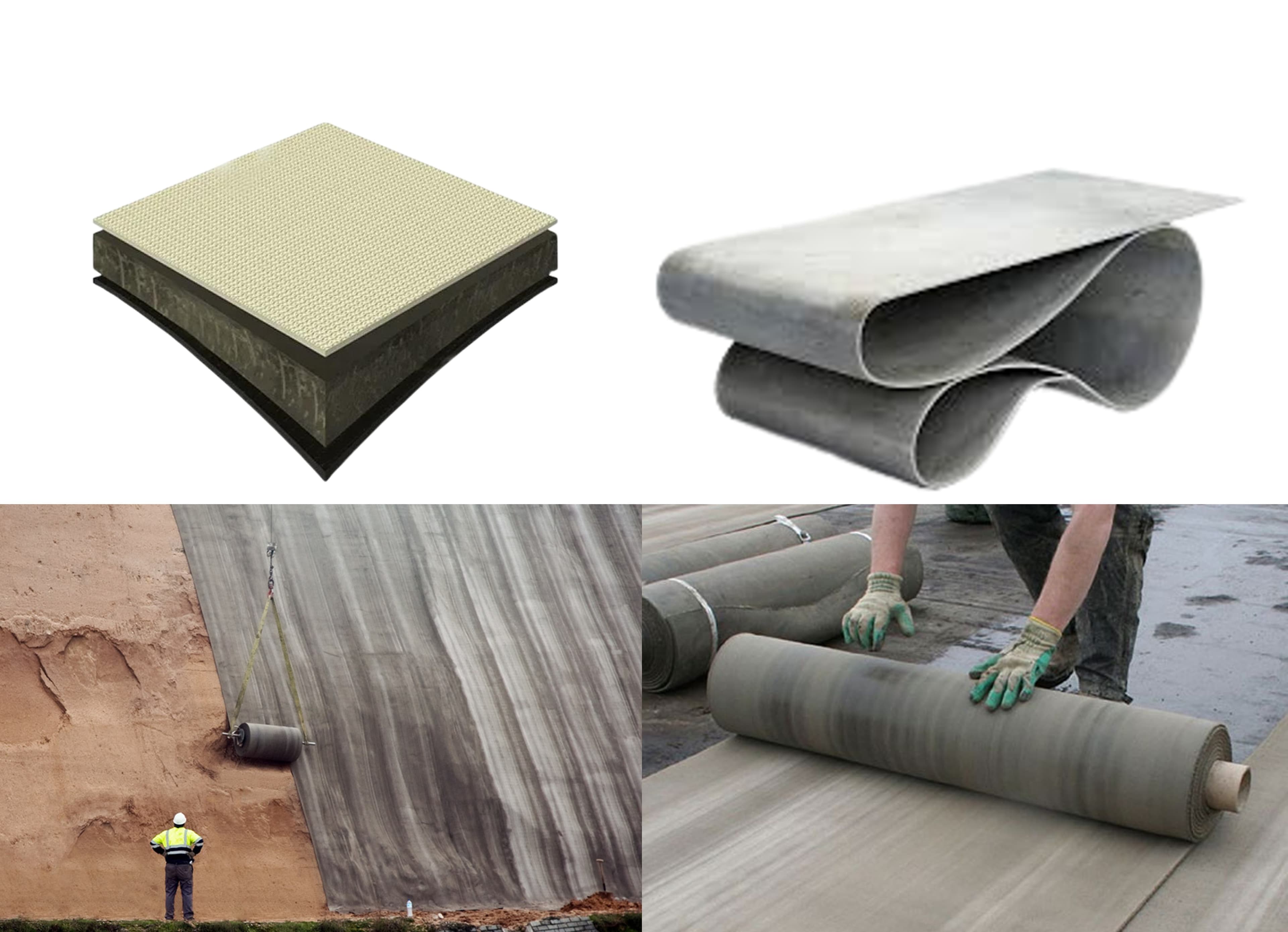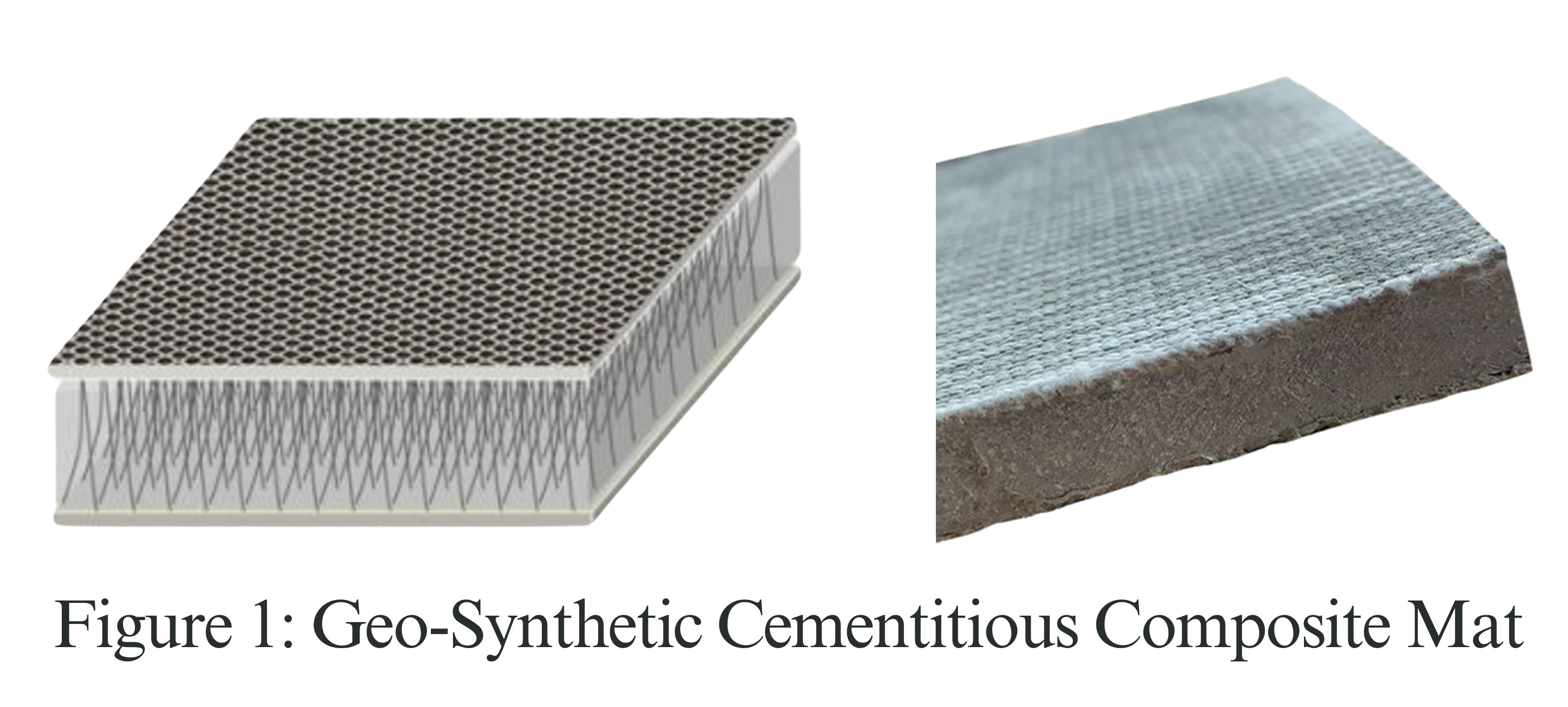
Suppose concrete, typically thick and stiff, is lying at a disaster scene rolled up in the form of a carpet and waiting for its time to be transformed into a long-lasting construction in just a matter of hours. When humanitarian groups were left in the dark during the catastrophic 2015 Nepal earthquake, attempting to reconstruct infrastructure via remote, mountainous terrain, traditional concrete methods were out of the question due to the need for heavy equipment and weeks of downtime. Enter Concrete Canvas, or Geo-Synthetic Cementitious Composite Mat (GCCM), a technological breakthrough that made rapid deployment of footpaths, drainage networks, and defence walls possible with minimal manpower. The flexible concrete material was a blessing, underlining the ability of materials science to come up with answers to real emergencies with agility and swiftness. At its most fundamental level, Concrete Canvas is a materials science miracle, designed to marry flexibility with concrete's hardness.

How It Works?
This composite of three layers consists of a waterproof bottom layer of polyvinyl chloride (PVC), a middle dry layer of special concrete, and a top surface layer of a strong fabric for support. The special effect is when water is applied: it seeps into the fabric, and the mixture of concrete warms up in a controlled manner. It hydrates to produce calcium silicate hydrate (C-S-H) crystals, the major bonding phase of concrete, by adhering onto the fibers of the fabric, creating a fiber-reinforced concrete matrix. The matrix sets in 24 hours, with a compressive strength close to that of normal concrete (some 40 MPa), and bonds perfectly onto the substrate surface. The material is not only erosion-proof but also elastic and can bend on deformed surfaces, revealing how composite engineering and molecular design could transform building materials. Created in response to rapid military infrastructure construction, it has since evolved into a mainstay of civil engineering, environmental management, and disaster response worldwide.

Concrete Canvas has been utilised to line reservoirs and irrigation channels to reduce water loss by as much as 95%, while crops can be grown even in the desert. In some areas, which regularly suffer from flooding, city governments have begun utilising GCCM to aid in drainage systems, hinder soil erosion, and safeguard neighborhoods from destructive floodwaters. The material is lightweight and easy to transport. It can be rolled out and activated with water, making it useful in a crisis. This was exemplified during the 2018 Kerala floods in India, where it was rapidly utilized to construct barriers to shield families forced to evacuate their homes.

Concrete Canvas is a tribute to the strength of materials science, disguised as high-tech design, to enable humanity to construct resilient, sustainable infrastructure even in the most hostile environments.